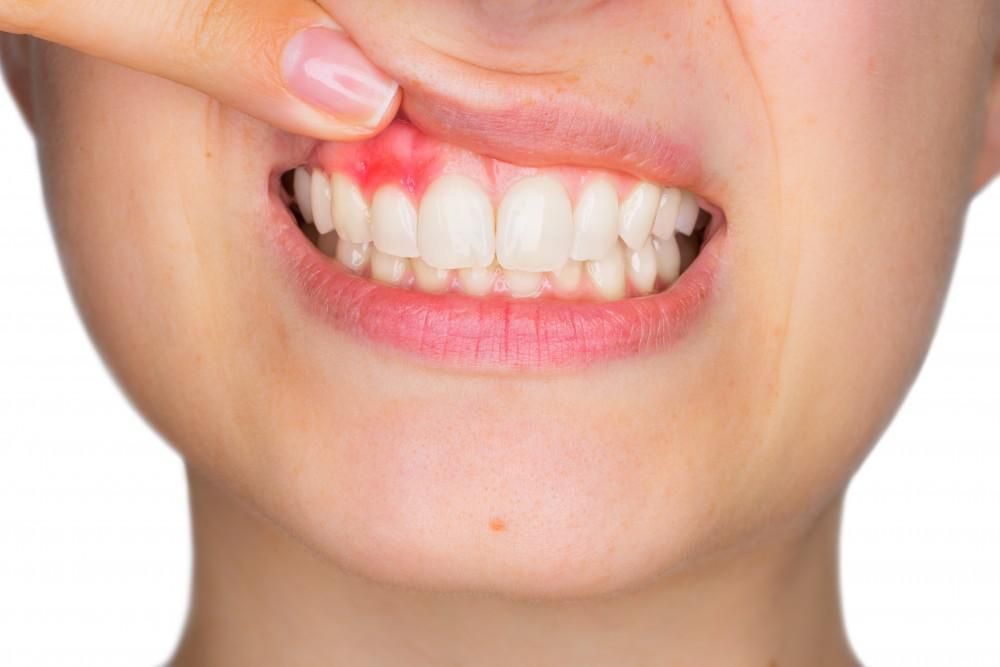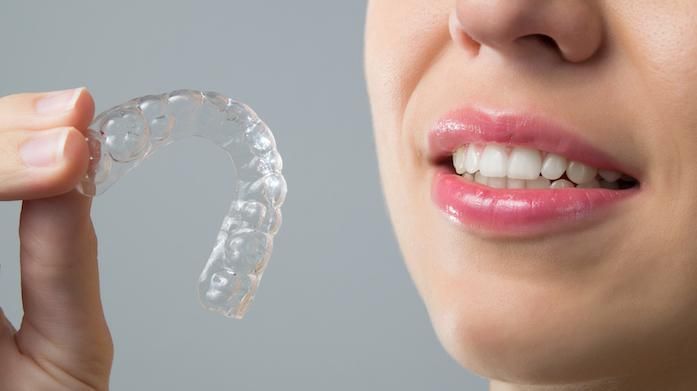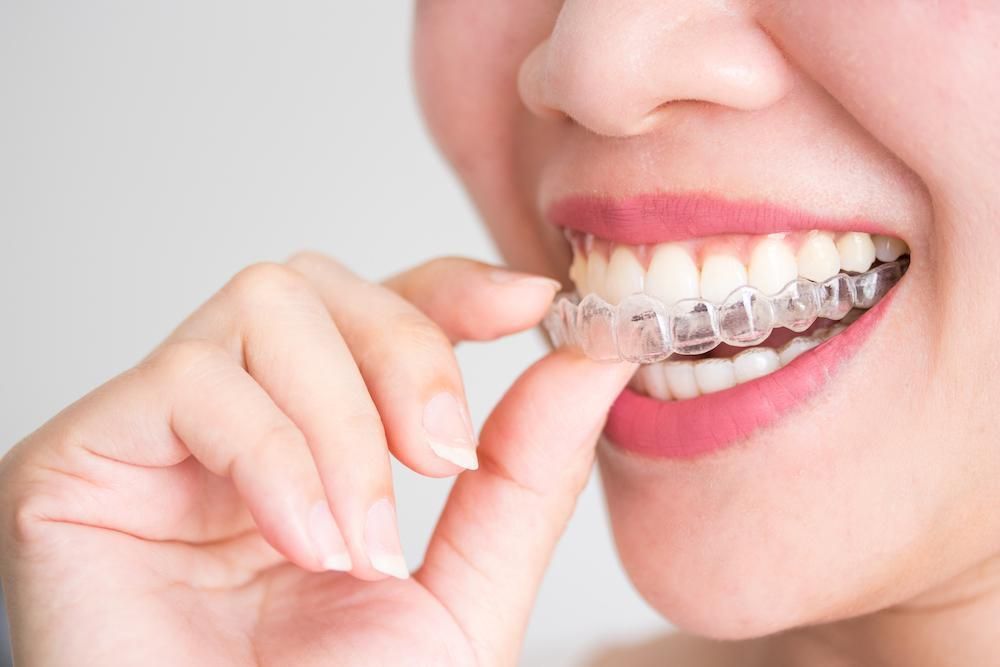Understanding the Stages of Gum Disease

You’ve heard of gum disease, and you may have even heard the terms gingivitis and periodontitis. But do you really know what they all mean? Unfortunately, ignoring a visit to the dentist is exactly the wrong move!
At Greenwich Dentistry, located in Cos Cob, Connecticut, we understand that visiting the dentist isn’t always fun, but we want you to know how essential it is that you make regular dental checkups a routine part of your dental care.
The checkups are so important partly because they allow us to check your mouth for signs of gum disease. According to the CDC, more than 47% of adults 30 and over have some form of periodontal disease.
If you are in that group and you leave the disease unchecked, it can wreak havoc with your mouth, teeth, and even your jawbone. While different dentists may classify the progression of gum disease slightly differently, here’s a general overview to help you understand the stages of gum disease and how to deal with each one.
Stage 1: Gingivitis
If we catch your gum disease at this stage, you can usually reverse any damage with a thorough professional cleaning followed by improving your oral hygiene. Gingivitis begins when plaque and tartar build-up on and between your teeth and then the bacteria they hold begin to infect your gums.
Signs of gingivitis include pink and swollen gums, bad breath, and some bleeding may occur when you brush your teeth. Head straight to the dentist if you notice these symptoms.
Stage 2: Early Periodontitis
As the bacterial infection continues, your gum disease turns into periodontitis. Damage at this point is no longer reversible. Your gums will begin to pull away from your teeth as pockets of infection form and even intrude into the jawbone. Your gums will feel soft, spongy, and tender.
Treatment includes a deep dental cleaning called scaling and root planing to remove the bacteria along and below the gum line.
Stage 3: Moderate Periodontitis
Symptoms of the disease get worse as the infection continues to deepen. More jawbone can be lost, your teeth will begin to loosen, and your gums will recede further. The infection can also enter your bloodstream and attack your immune system. Treatment includes more root scaling and planing to remove as much of the bacteria as possible.
Stage 4: Advanced Periodontitis
As the neglected infection continues to spread beneath your gums, you will develop painful abscesses, and your teeth will loosen so much, they may fall out. Pus will build up between your gums and teeth and may even ooze out, and you’ll have severe pain when you chew. If your disease reaches this stage, it’s likely you’ll lose many or even all of your teeth that must be replaced with dentures.
Now that you know more about the progression of gum disease, you can see how important it is to catch it in the early stages before it causes damage. If you need to schedule a dental exam and cleaning, reach out to our expert team at Greenwich Dental. Just call our office, and we’ll make sure your teeth are clean and your mouth is healthy!
When to seek emergency dental care
Any pain lasting more than 12 hours indicates you need emergency dental care. Even minor pain or swelling can indicate a deeper problem, such as an infection, which you want to address without delay.
Early treatment can make a big difference in oral health. If you experience dental pain, don’t hesitate to schedule a professional evaluation.
Our expert team at Greenwich Dentistry is here to help if you have a dental emergency. We can treat the immediate issue and make a personalized plan for your ongoing dental care. For all of your dental needs, call our Cos Cob office today.

















